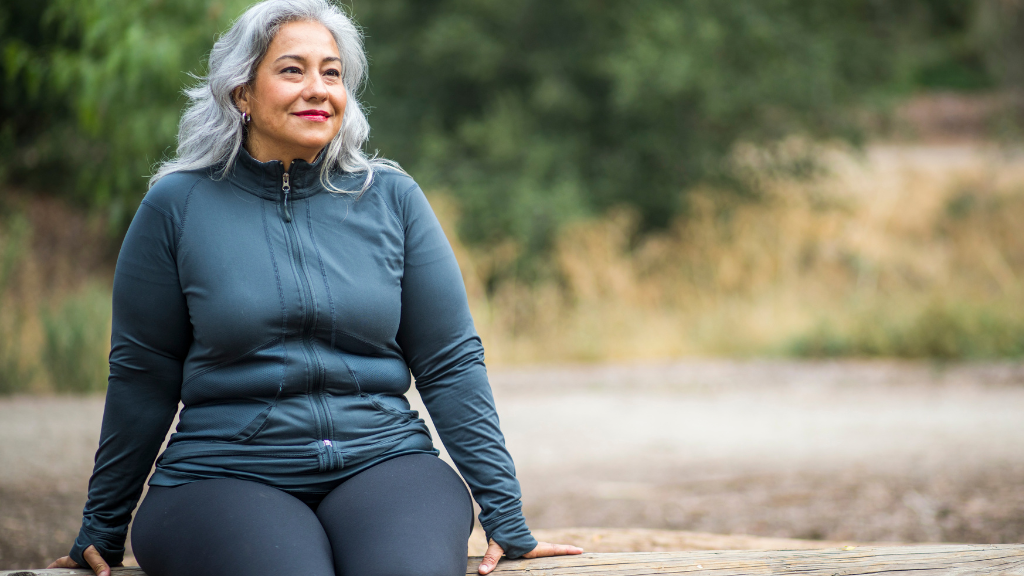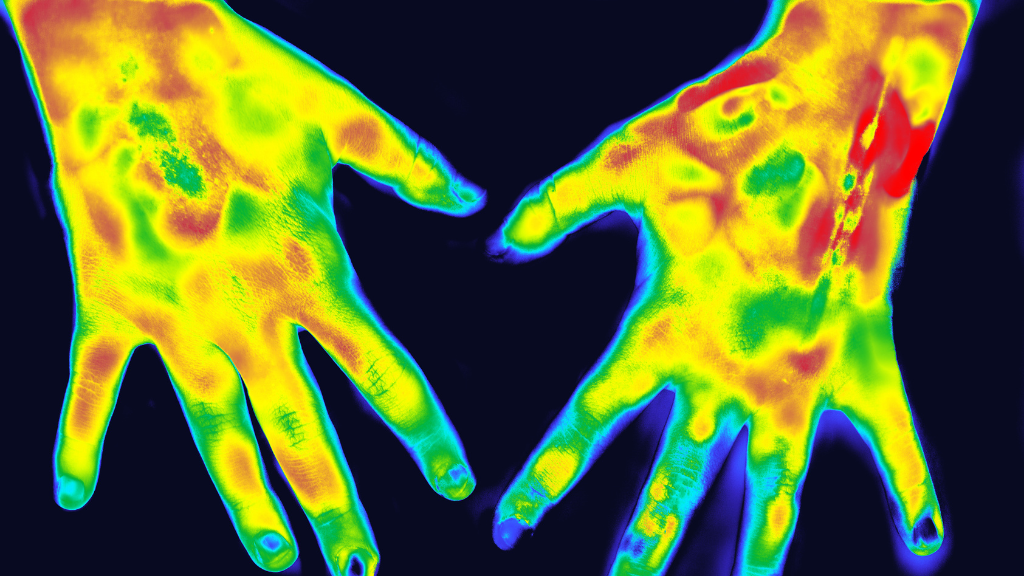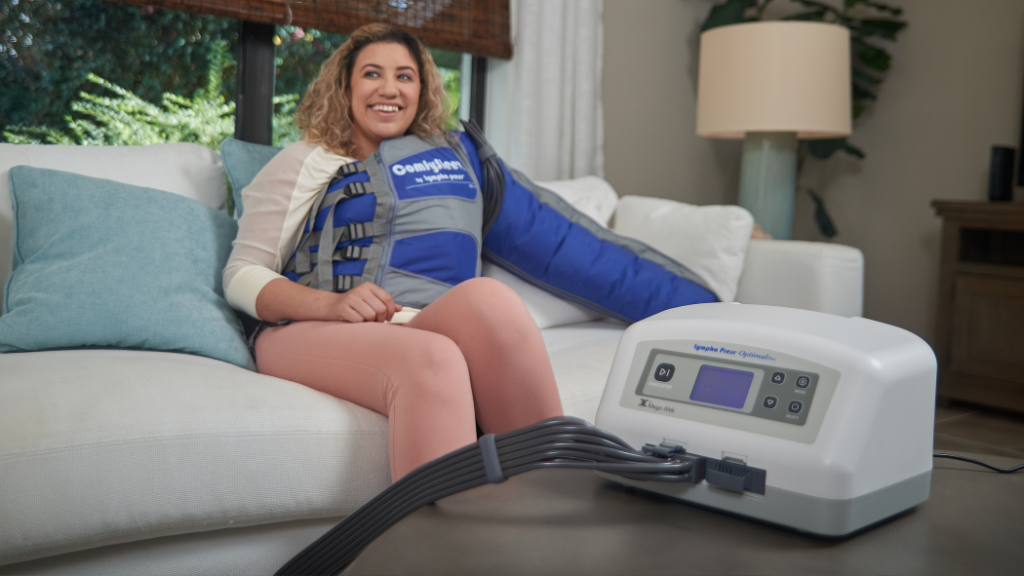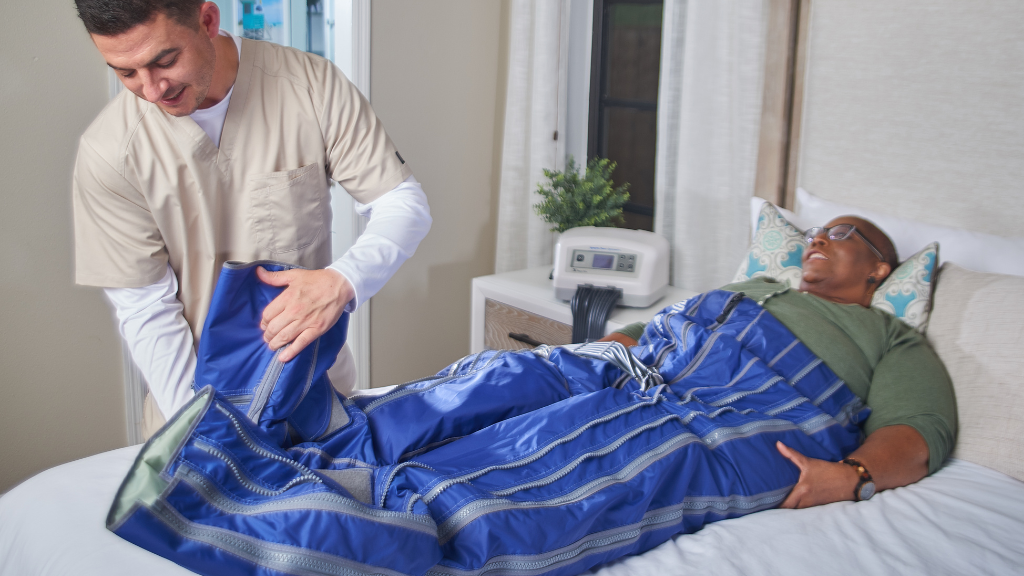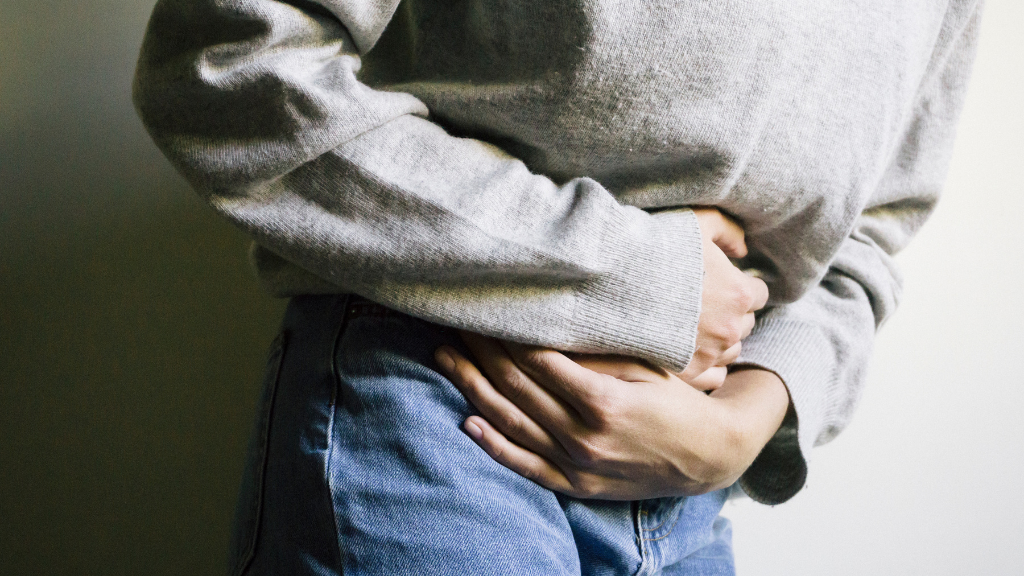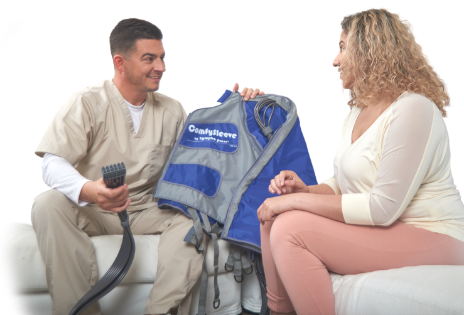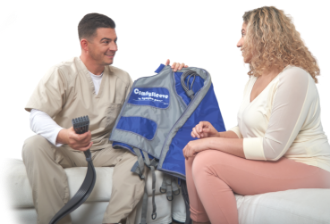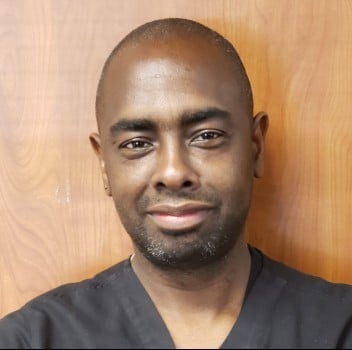
Leg ulcers are very common with lymphedema and develop due to weak and impaired valves, causing venous reflux. Over time, lymphatic wounds can build up such severe congestion that healing is almost completely compromised. Regardless of the etiology of their wounds, patients may face permanent skin changes. However, if there had been early intervention before this point of no return, the patient may have experienced a better outcome.
In this article, Kirk R. Cowardbéy, OTD, OTR/L, CLT, CSWS, FMT-C, shares personal stories about encountering new lymphedema patients and helping them on their journey to wound healing. He also shares best practices for treatment and ongoing patient care.
Click the link below to read The Wound Healing Process and the Vital Role of the Lymphatic Therapist.
This is a 9-minute read.
This article is a partnership of LE&RN, Lympha Press, and Medical Solutions Supplier. For more than 25 years, Medical Solutions Supplier has provided innovative compression pump home therapy equipment that supports the best possible patient outcomes.

